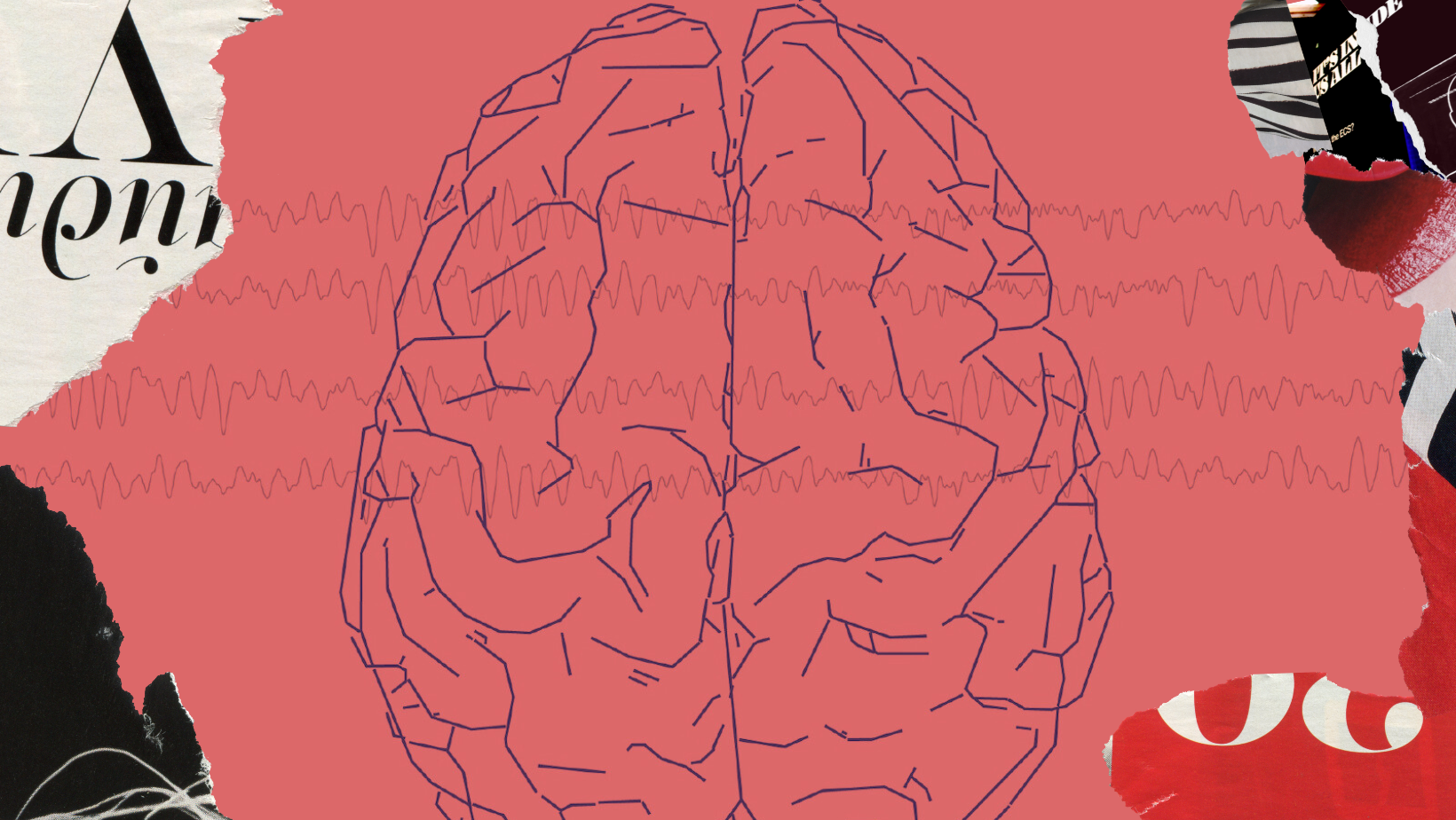
We Tried Brain Mapping — Here’s Why It Matters
Brain mapping and neurofeedback are not just buzzwords in the realm of mental health; they represent a transformative approach to treatment.
I have always been intrigued by the evolving landscape of mental health treatment. Specifically, the promise of new technologies to enhance traditional therapies seems like a hopeful frontier. When I heard about All Points North (APN) and their integration of neurofeedback, I knew I had to experience it firsthand. Brain mapping and neurofeedback are not just buzzwords in the realm of mental health; they represent a transformative approach to treatment, and I was about to find out how.
The APN Approach
APN, renowned for its luxurious residential treatment lodge in Edwards, Colorado, sets itself apart with the Plus by APN program. This initiative offers a range of advanced therapies that complement their primary mental health services. These therapies are not confined to Edwards; they are also available locally in Denver and Boulder, making them more accessible.
“Plus by APN is all about interventional psychiatry and neurotechnology,” says Kelly Adair, vice president of Plus by APN. “Our four core Plus services are deep transcranial magnetic stimulation, ketamine-assisted healing, neurofeedback and hyperbaric oxygen therapy.”
My interest was particularly piqued by neurofeedback, a technique that promises to train the brain for better regulation and organization of brainwave frequencies.
Understanding qEEG + Neurofeedback
My journey began with a quantitative electroencephalogram (qEEG) brain mapping session at APN Boulder. A qEEG measures 19 different wavelengths to create a 3D rendering of your brain. This comprehensive map allows clinicians to identify irregular brainwave patterns that could be contributing to mental health issues such as anxiety, depression and ADHD.
The process was fascinating. I was seated comfortably while sensors were placed on my scalp to measure the electrical activity of my brain. The results were displayed in a colorful, detailed map, highlighting areas where my brain activity was either overactive or underactive.
With the data from my qEEG, the neurofeedback session began. Neurofeedback, which is guided by the qEEG results, trains the brain to regulate and reorganize its own activity. This computerized feedback program helps alleviate symptoms and promotes long-lasting healing. The treatment is FDA-approved and minimally invasive, offering sustained benefits with few side effects (like fatigue or headaches, which I experienced none of).
My Results
The analysis of my brain frequencies highlighted several key insights into its functioning. My brain’s activity is characterized by an imbalance, with a higher presence of fast frequencies (Beta and hiBeta) and a relative lack of slower frequencies (Delta and Theta). This indicated that my brain is “all gas and no brakes,” as it was explained to me, which aligns with symptoms of anxiety. The left side showed more activity in these fast frequencies, suggesting a logical and analytical approach to stress, commonly seen in anxious brains. I have a high posterior dominant rhythm with a peak frequency in the back of my head, which is associated with a higher IQ (which didn’t hurt to hear, wink, wink).
The presence of frontal Theta activity indicates a tendency to be easily distracted or prone to daydreaming, which I didn’t completely resonate with but was interesting to know. My Alpha waves were healthy and associated with a relaxed, meditative state, suggesting that there are aspects of my brain’s activity that are functioning well. However, the overall imbalance towards faster frequencies indicates that my brain is hyper-communicating, especially in the hiBeta range, which can contribute to difficulties in slowing down and may impact my sleep (which I really resonated with).
To address these findings, an anxiety-focused approach was recommended. This would involve strategies to promote more regulated states by balancing the fast frequencies with slower ones, effectively introducing more “brakes” to my brain’s activity.
After implementing these interventions for about 10 sessions, a follow-up brain map was suggested to assess changes and progress. While my anxiety is moderate, it was emphasized that it is important to manage to improve my overall well-being.
Why It Matters
Seeing the tangible results of neurofeedback reinforced the idea that this is more than just a trend. The qEEG acts like a futuristic report card, allowing both the patient and clinician to track progress and make necessary adjustments. This level of personalization is something traditional therapies often lack, making neurofeedback a game-changer in the field of mental health.
The integration of neurofeedback and brain mapping into a treatment regimen can be transformative. It’s empowering to see the changes in brain activity and feel the corresponding improvements in mental health. By addressing the root causes of mental health issues at the neurological level, advanced interventions like neurofeedback pave the way for more effective and lasting solutions. This experience has given me a new perspective on what mental health treatment can achieve.

